The conductivity of water is determined by the quantity and type of dissolved ions in the sample. Dissolved substances such as salts, acids or bases increase the conductivity, while pure water with very few ions has a low conductivity. In drinking water treatment, it serves as an indicator of impurities or contamination, allowing early action to be taken to improve water quality. In this blog post, we take a closer look at conductivity and find out how it can be measured with the new WTW Drinking Water Panel.
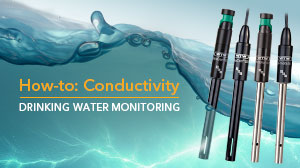 What is Conductivity?
What is Conductivity?
he specific electric conductance (conductivity) is a measure of the property of a solution, metal or gas, in short, all materials, to conduct electricity over a given length and cross-sectional area at a specified temperature. In solutions dissolved substances increase the conductivity. It is measured in Siemens per distance. Selected values are listed in table 1 as an example of typical conductivity.
How does the measurement work?
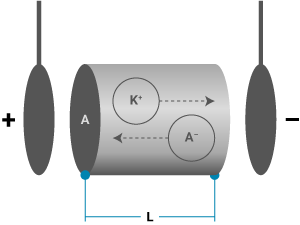
Fig.1: Conductivity – the measurement principle
When measuring conductivity in solutions voltage is applied to a pair of electrodes at a defined distance (L) and cross-sectional area (A) and the current is measured. The solution becomes the electrical conductor with cations (K+) and anions (A-) providing the current. The quotient of the length in m and area in m² is the cell constant K (resulting in the unit m-1). Figure 1 illustrates the measurement principle.
If an electrical conductor has a high conductance value (G) the electrical respectively ohmic resistance (R) is low. The electrical conductance is the inverse of the resistance with the unit Ohm (Ω) and G with the unit Siemens; see equation 1:

A solution’s conductivity now is a function of the electrical conductance (G) of the electrical conductor, normalized by the cell constant (K) at a specified temperature. The result is a value in Siemens per meter (S*m-1). It can be expressed with the following equation 2:

If the cell constant is known, the specific conductivity can be correspondingly determined from the measured conductance and depicts the result of the conductivity measurement. This is however a highly simplified explanation as it disregards polarization and stray fields effects.
To overcome polarization effects, WTW probes use alternating voltage, four-electrode technology and certain materials, usually graphite. This measuring method is not affected by polarization effects. Moreover, a four-electrode cell is insensitive to measuring errors that result from contamination. If you want to learn more about polarization and stray field effects, see our conductivity handbook.
What is the IDS measuring cell TetraCon® 925?
The TetraCon® 925 is the state-of-the-art digital conductivity cell for universal applications of the brand WTW, featuring:
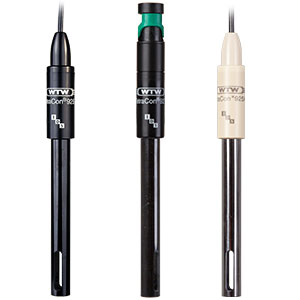
Fig. 2: From left to right: TetraCon® 925, TetraCon® 925-P, TetraCon® 925/C
- Proven four-electrode technology and graphite electrodes
- Easy handling and robust design with Epoxy shaft (Waterproof up to 10 bar (IP 68), Temperature range: -5 ... 70° C)
- Parallel temperature measurement for temperature compensation / normalization
- Wide area of application, including drinking water treatment (measurement range: 1 µS/cm to 2,000 mS/cm)
- Parameter conversion to resistivity (ρ), salinity (SAL) and total dissolved solids (TDS)
- Plug&Play connectivity to the WTW Drinking Water Panel
- Available with fixed cable (TetraCon® 925) or with plug head connections (TetraCon® 925-P)
- Sensor head contains sensor electronics with the stored sensor data (sensor type, series number, calibration data and history and more)
- High performance PEEK material version available for improved chemical resistance (TetraCon® 925/C)
Interested in ultra-low conductivity measurement instead?
The IDS ultrapure water conductivity cell LR 925/01 offers a measurement range down to 0.01 µS/cm.
How to measure conductivity with the WTW Drinking Water Panel?
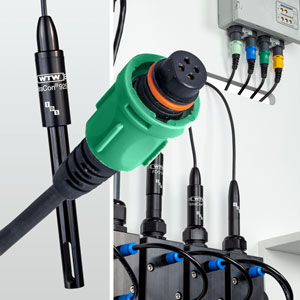
Fig. 3: Green bayonet catch of the IDS cable to connect the TetraCon® 925
Measuring conductivity with the TetraCon® 925 on the WTW Drinking Water Panel is as easy as that:
- Connect the measuring cell to the MIQ/IDS module on your IQ Sensor Net via the IDS cable.
- Insert the measuring cell into the flow through cell pre-mounted to the panel.
- Clean up the look by storing the cable in the designed slit on the panel.
- The measuring cell is ready to measure.
Electrode calibration and maintenance
The IDS TetraCon® 925 is factory calibrated and immediately ready to use after commissioning. For best measurement results it is recommended to check the sensor against a standard regularly (e.g. WTW Calibration solutions for conductivity – order number 300572). Make sure to set the reference temperature for conductivity measurements on your IQ Sensor Net controller to either 20 °C or 25 °C, depending on your preference. When measurement results appear implausible or before measuring very low conductivity values clean the sensor thoroughly using water containing detergent (for grease and oil contaminations) or citric acid (10 % by weight) to remove limescale and hydroxide deposits. After cleaning, rinse with deionized water and recalibrate if necessary, using an IDS handheld or benchtop. When used inside the specifications the sensor does not age. It is recommended to store the sensor in air at temperatures between 0 ... 50 °C.
Curious to find out what other IDS sensors work with the WTW Drinking Water Panel? Check out our data sheet.
The spectrum of conductivity measurement
In addition to the TetraCon® 925, Xylem Analytics offers other conductivity measuring cells of the brand WTW for various applications. Here is an overview for you:
| Model |
IDS TetraCon® 925 |
IDS LR 925/01 |
TetraCon® 700 IQ |
TetraCon® 700 IQ SW |
| Application |
Drinking water, laboratory, field |
Ultrapure water |
Source water, wastewater |
Saline source water, aquaculture, corrosive wastewater |
| Highlights |
- Measurement range: 1 µS/cm to 2,000 mS/cm
- Plug&Play with WTW Drinking Water Panel via MIQ/IDS module
- Universal digital conductivity cell for measurement in a wide application range
|
- Measurement range: 0.01 µS/cm to 200 µS/cm
- Plug&Play with WTW Drinking Water Panel via MIQ/IDS module
- Digital conductivity measurement in ultra-low conducting samples
- Suitable for pharmacy, semiconductor industry and boiler feedwater etc.
|
- Measurement range: 10 µS/cm to 500 mS/cm
- Plug&Play with IQ Sensor Net and WTW Drinking Water Panel
- Pipe and tank mounting options
- Proven robust and reliable measurement with high insensitivity against contamination by 4-electrode system
|
- Corrosive resistant model of the TetraCon® 700 IQ
- Measurement range: 10 µS/cm to 500 mS/cm
- Plug&Play with IQ Sensor Net and WTW Drinking Water Panel
- Pipe and tank mounting options
- Proven robust and reliable measurement with high insensitivity against contamination by 4-electrode system
|
| Calibration and Maintenance |
- Factory calibrated
- Reference temperature either 20 °C or 25 °C, depending on your preference
- Regularly check against standard and clean when measurement results appear implausible
- Recalibrate if necessary, using an IDS handheld or benchtop (for IDS sensors) or the IQ Sensor Net (for IQ sensors)
|
| Sensor |
 |
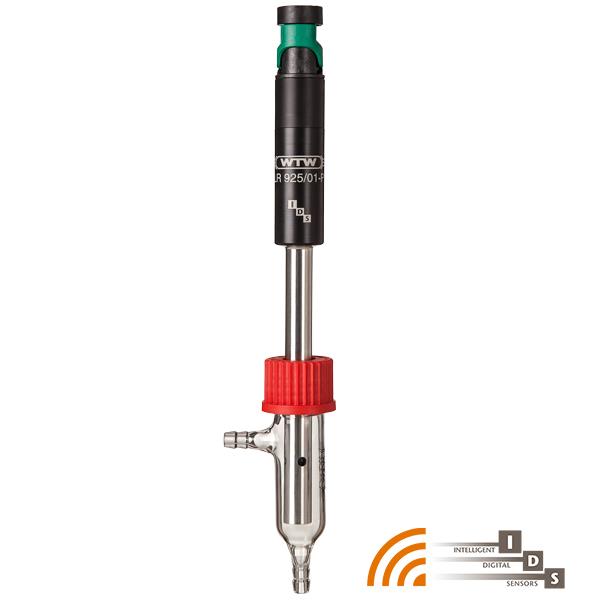 |
 |
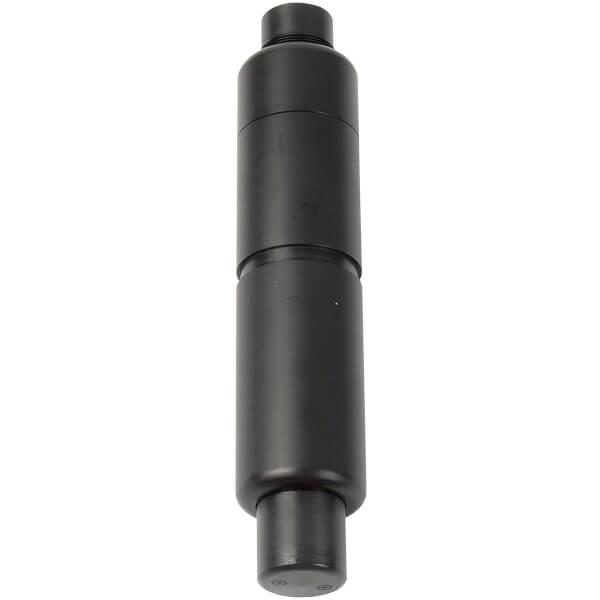 |
To the products:
Application overview page:

You may also be interested in these blog articles: